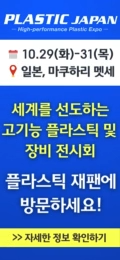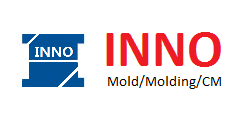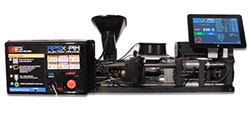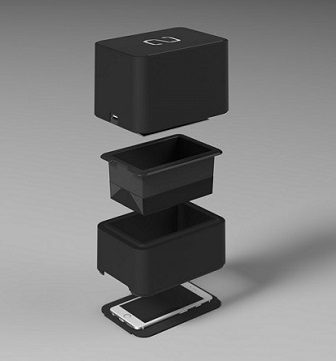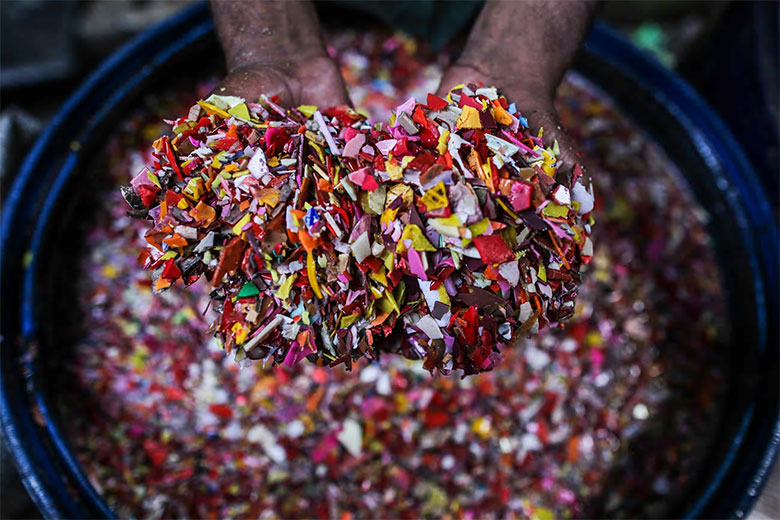By: Clare Goldsberry March 08, 2017The new Three Layer Tip, Pressure Block and Thread Safe Kit is the latest innovation from HRSflow (San Polo di Piave, Italy) designed to optimize injection molding processing, while simplifying routine maintenance of hot-runner systems. The Three Layer Tip is a coating-free tip made of three materials, one of which is a copper bushing internal to the flow channel to improve thermal conductivity. The new design provides increased temperature at the gate, thereby improving processing of glass-filled materials, for example. The Pressure Block is made with low-heat conductible materials positioned between the hot runner system and the mold, which increases clamp plate stiffness under load and provides an optimal thermal profile along the whole hot runner system, critical for ensuring the quality of the finished part. The main feature is flexible positioning that won’t negatively affect the thermal profile of the hot runner system, says HRSflow. The new Thread Safe Kit optimizes the injection molding process and simplifies routing maintenance. A special bushing positioned between the nozzle and manifold provides easy nozzle removal without thread damage when processing materials such as PMMA and PC. The new design eliminates thread seizing between the duct and manifold, allowing for simple removal of the nozzle from the manifold for routine maintenance in any condition. https://www.plasticstoday.com/injection-molding/new-hot-runner-products-simplify-injection-molding-process/29282985956446
강민정
2017-03-21


